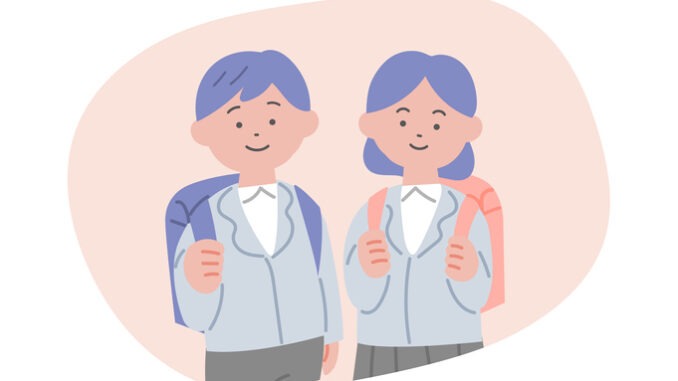
Even small changes can make a big difference to the cost of the school day for pupils and families living in poverty, says Richard Barrie, Cost of the School Day practitioner at the Child Poverty Action Group
CREDIT: This is an edited version of an article that originally appeared on Headteacher Update
We all remember it, that one day each year where we had to look as smart as possible, in full uniform, and without a single hair out of place. We would trundle into the hall, stand in front of a fake screen depicting Victorian library books and say ‘Cheese’ as the camera flashed. A few days later, we would receive a sample photo to take home to our parents – with the price list.
I was a child in the 1990s when it made sense to have a school photographer; cameras were expensive, and getting films developed was a lengthy – and sometimes pricey – process. Flash forward to today; almost three decades on, we live in the digital age, where cameras are built into smartphones, and photos can be uploaded to social media in seconds.
Every September, ‘First day of school’ pictures appear across social media, posted by proud parents up and down the country using smartphones and other devices. Furthermore, as a teacher, I have seen school photograph day from another perspective; children in and out of lessons all day, pupils worried about having their photos taken, and disruption to teaching and learning.
It is time to ask ourselves: do we still need a school photograph day?
Having worked on the Child Poverty Action Group’s ‘UK Cost of the School Day’ programme for the past couple of years – and having listened to pupils – it is apparent to me that there is a huge cost pressure on families to buy these photographs.
Many families feel pressured to spend money on photos, as it can be really difficult to turn down pictures of your own child. Children don’t always understand about cost pressures, and can take it personally when photos are not bought.
Worse still, photographs are often handed out in the classroom, so children are able to see who has been able to afford the photos and who has not. As one year 6 pupil pointed out, “Photos are given out at school. Only a few people get them – five or six in each class.”
We would encourage schools to consult with their pupils and parents about whether they feel it is still necessary to have a school photograph day. There are alternative approaches to school photography that can be less costly – and less stressful.
Many schools have tablets and cameras of their own now and so can hold their own photo day. They could ask families to make a small and discreet donation towards printing costs or, better yet, print a photo for free for each child and get pupils to decorate their own frames.
When schools do decide to work with external school photography providers, we would encourage them to arrange these sessions before or after school. We also recommend that the purchase process is removed from the classroom – for example, by allowing parents to view and order photographs online and have them sent directly to their home address; that way, cost inequalities between children are not highlighted in the classroom.
School photograph day forms a small part of the school calendar – but even small changes can make a big difference to the cost of the school day for pupils and families living in poverty.


Be the first to comment